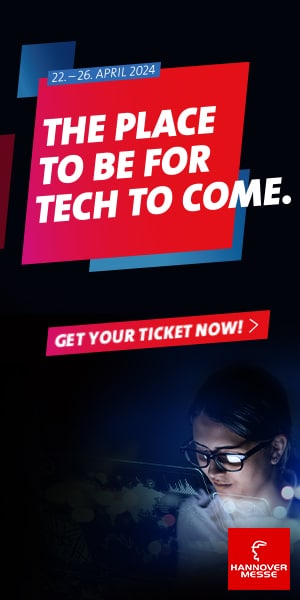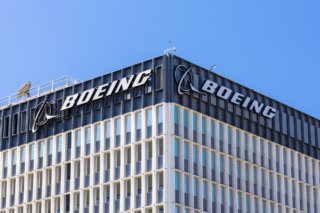Virtual and augmented reality are among those technologies that have shown much promise for years, but have yet to make it on-board the aircraft for passenger service.
Airlines, so far, have rolled out standard phones, phablets and tablets for customer service purposes like recognizing frequent flyers, filling out electronic paperwork and so on — but it’s a ‘glance-down-and-check-the-info’ sort of process. A combination of the bleeding-edge nature of VR/AR technologies and relatively slow and unreliable inflight connectivity means it’s been baby steps as yet for anything more.
When quizzing numerous airlines and maintenance organizations on what they’re doing in the sector, few had concrete programs, projects or plans to share, with the exception of staff training. Virgin Atlantic, though, trialed Google Glass AR glasses at its London Heathrow Upper Class Wing, the private car drop-off zone for business class passengers and frequent flyers, giving staff more information about each passenger without having to look down at a screen.
CABIN CREW TRAINING

Virgin Atlantic worked with integrator SITA for that project, and is doing so again for cabin crew training. Kevin O’Sullivan, a lead engineer at SITA Lab, the company’s strategic research and development arm, explains that the collaboration is a research project to familiarize crew with the interior of the airline’s Boeing 787 Dreamliner aircraft during training.
Running Apple’s ARKit, O’Sullivan explains,
You can have a more realistic 3D immersive experience of the aircraft. You can walk around, and as you look at the iPad, what you’re seeing changes, so you get a better sense of space and awareness inside the aircraft. When you’re standing, for example, in front of a galley kitchen area, you can touch on a hotspot and that will trigger videos.
In Doha, Qatar Airways is working with airline trade body IATA to use VR for ground handling and ground service operator training, bringing the complex environment of the airport apron into the classroom.

IATA senior vice president for Airport, Passengers, Cargo and Security, Nick Careen explains:
VR in the learning context increases knowledge retention by as much as four times while improving motivation and engagement. VR is here to stay and we are already considering expanding its use in different training areas.
Qatar Airways wants to ensure that it can replicate all the environmental conditions before members of staff even walk outside.
Ramp VR can be programmed to simulate all light, weather, hazard and operational conditions in which staff members can find themselves, and create an endless variety of problem-solving opportunities while trainees are immersed in a ‘real’ ramp environment. The technology allows for the immediate practical application and embedding of theory while staff are still in the training environment, eliminating any safety risk to staff and the aircraft.
FROM DESIGN TO MAINTENANCE
Enginemakers Rolls-Royce and Pratt & Whitney are also working on VR and AR for design, maintenance and training purposes. The use of VR and AR is an important part of Rolls-Royce’s IntelligentEngine vision explains Stefan Wriege from the business aviation division:
We use these technologies during development, assembly and of course for maintenance purposes. If you take the development of our newest engine, the Pearl 15, we used VR in the very early stages of the process even before any metal was cut to simulate how service technicians can reach certain parts and to highlight potential clashes.
Maintenance tasks and constraints are already taken into account during the design phase. For this we have a purpose built 3D cave where we can use a stereoscopic, 1:1 scaled virtual twin of the engine and combine the data with, for example, 1:1 scaled models of tools.
According to him, virtual reality improves the understanding of very complex products, boosts interdisciplinary communication between engineers, customers, suppliers and helps early identification of potential issues or problems.
For Peter Triantafylidis, Business Development Manager for Customer Training at Pratt & Whitney,
Mixed-reality tools are under development to support immersion training, providing a more effective customer training experience that can be accessed from remote locations. One of the most important things to consider is the use case. Sure, we can model a variety of things in VR, but does it provide a meaningful impact to the learners’ retention? Making sure we are providing a positive return on investment and impact to our students is the priority.
A SLOW ADOPTION

One of the biggest blockers is the maturity of the available VR technology. For SITA’s Kevin O’Sullivan,
The adoption of VR has been slow everywhere. There’s a significant problem with VR and AR to a lesser extent, which is that there is quite a bit of friction to use it. In the case of VR you’ve got to stick on this headset that may or may not be wired up to a computer, and then you can no longer see what’s around you.
Augmented reality, therefore, “is kind of a halfway house”, but people can still get a compelling experience just by holding up their phone or their iPad, O’Sullivan explains:
That’s an improvement to make this more accessible. One of the things we want to learn in this project is, if cabin crew have to go through a 15 or 20-minute scenario, we’ll have to see how that impacts the way training would have to be organized.
If there is still this kind of physical friction barrier, O’Sullivan notes that the next year will be an inflection point for the technology.
Augmented reality, which both Apple and Google are currently behind, will be in all phones in the next 12 months. That is where we will see more uptake.
But Pratt & Whitney’s Peter Triantafylidis is a little more demanding on what is required for the technology to go mainstream:
An integrated, mature, wireless solution needs to become readily available.











